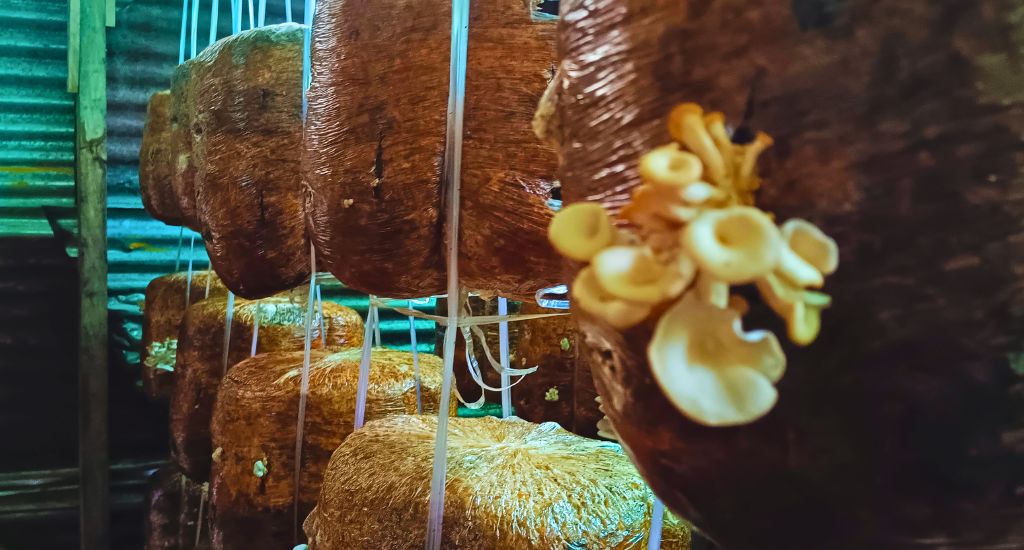
Sikkim’s organic farming revolution offers a success model
With its lush landscapes and bountiful harvests, Sikkim stands as a testament to the potential of organic farming, inspiring a greener, healthier future for agriculture across the nation.

With its lush landscapes and bountiful harvests, Sikkim stands as a testament to the potential of organic farming, inspiring a greener, healthier future for agriculture across the nation.
Kal Bahadur Gurung tends to his one-acre plot of land, cultivating maize, potatoes and a variety of seasonal vegetables by organic farming in the picturesque village of Sribadam, nestled approximately 100 km from Gangtok, the state capital of Sikkim.
This tranquil haven, where mountains adorn themselves with a canopy of green, clouds dance in midair, and waterfalls murmur soothingly, offers a sanctuary from the clamour of the outside world.
What makes Gurung’s tale remarkable is not merely his pastoral toil, but the spirit that breathes life into his land — an ethos of organic farming that shuns chemical fertilisers. The 40-year-old farmer embodies the success of Sikkim’s ground-breaking organic farming movement. The result? A thriving business that rakes in approximately Rs 3 lakh annually.
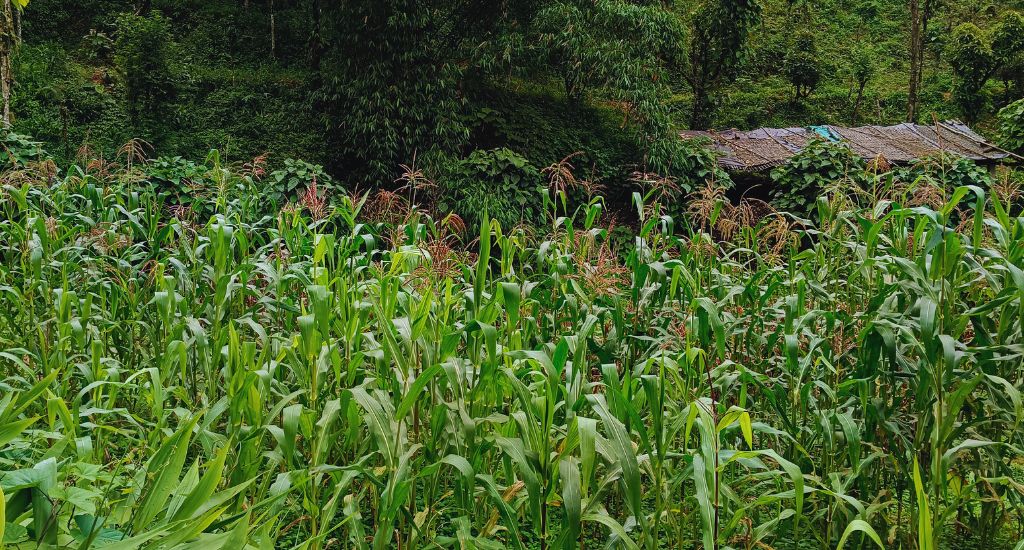
“The demand for our organic vegetables is high, and even our cows contribute to this sustainable ecosystem by producing organic milk,” Gurung said.
The echo of Gurung’s narrative reverberates across the terrain, intertwining with the stories of around 66,000 farmers who find themselves similarly reaping the rewards of an organic harvest.
Their lives, blessed by Sikkim’s status as the world’s first organic state, are an ode to a pioneering movement that, since 2003, has banished the use of chemicals and noxious agents from cultivation.
Sonam Gylacho Bhutia, a fellow farmer from Sribadam, reaffirms the sentiment of prosperity in organic farming. As a mushroom cultivator, Bhutia witnesses bumper harvests, yielding approximately 20 quintals of edible fungus annually, netting around Rs 1.5 lakh.
Also Read: Organic farming starts paying dividends in Sikkim
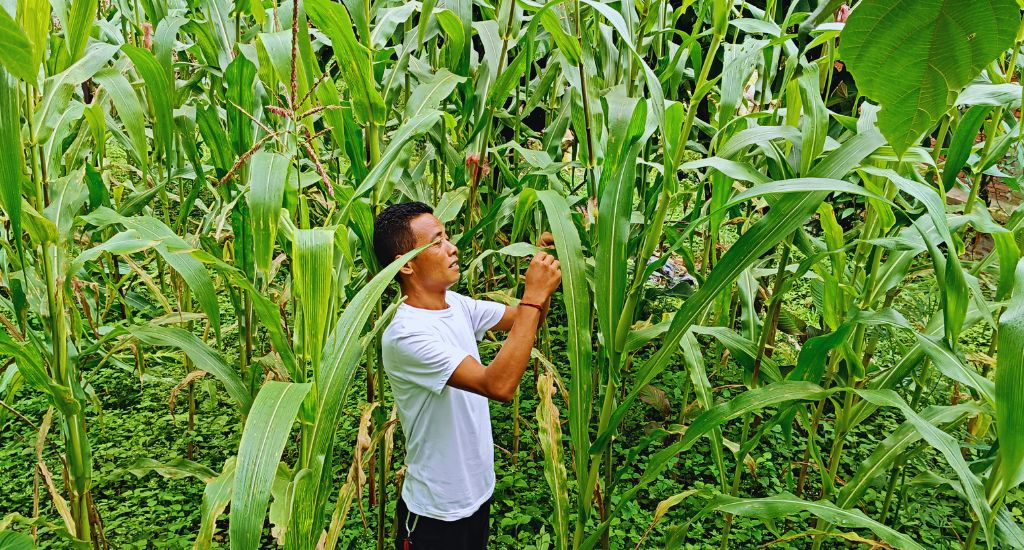
“The use of chemical-free materials translates to positive results, and people are increasingly drawn to food that ensures their well-being,” he said.
The transformational journey commenced two decades ago, when the state government embarked on the mission to transition its entire 76,000 hectares of agricultural land into organic sanctuaries.
“Our focus was to educate farmers about the detrimental effects of chemical fertilisers. Convincing them was not an arduous task, as their pre-existing practices were already minimally reliant on chemicals,” explained S Anbalagan, chief executive officer of Sikkim Organic Farming Development Agency (SOFDA) in the Sikkim agriculture department.
This vision materialised through resolute action, as subsidies on chemical fertilisers were steadily reduced by 10 percent each year since 2004, rendering their acquisition more onerous. By 2008, the subsidies were completely phased out. Legislative measures in 2014 further fortified this trajectory, imposing punitive measures of fines and imprisonment for those who transgressed the chemical-free mandate.
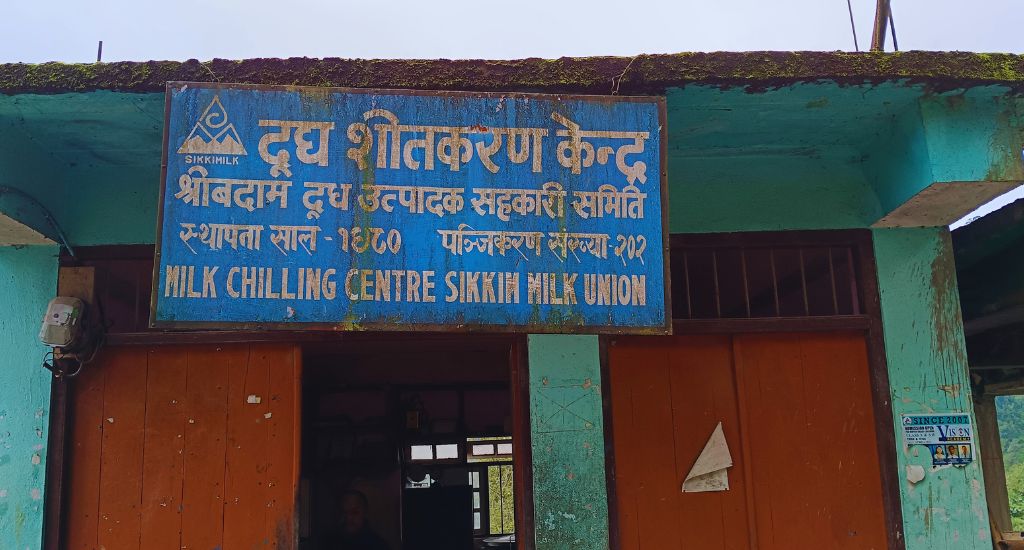
Former chief minister Pawan Kumar Chamling, who held office from 1994 to 2019, emerged as a driving force behind this shift. Partnerships were forged with agricultural research organisations across the globe, leveraging expertise from as far as Switzerland.
The corridors of education reverberated with the footsteps of change, as farmers were educated through hands-on experiences, farm visits and comprehensive training initiatives. A network of organic farming clusters sprouted from village panchayats, catalysing awareness and knitting together a narrative of collective endeavour that permeated farms and homes.
Also Read: The lack of sustainable farming prospects in India
Organic farming in Sikkim involves a symphony of natural ingredients — cow dung, compost manure, bio-pesticides, earthworm manure, neem cake, lemon grass and fruit residues — all meticulously blended to create fertile ground for thriving crops.
The shift from chemical-laden practices to organic methods extends to bacterial cultures and fossil fertilisers in lieu of conventional insecticides, favouring the environment and slashing production costs. Beyond cultivating crops, organic farming nurtures the land itself, kindling an augmentation in groundwater levels and a reduction in the cost of agricultural production.
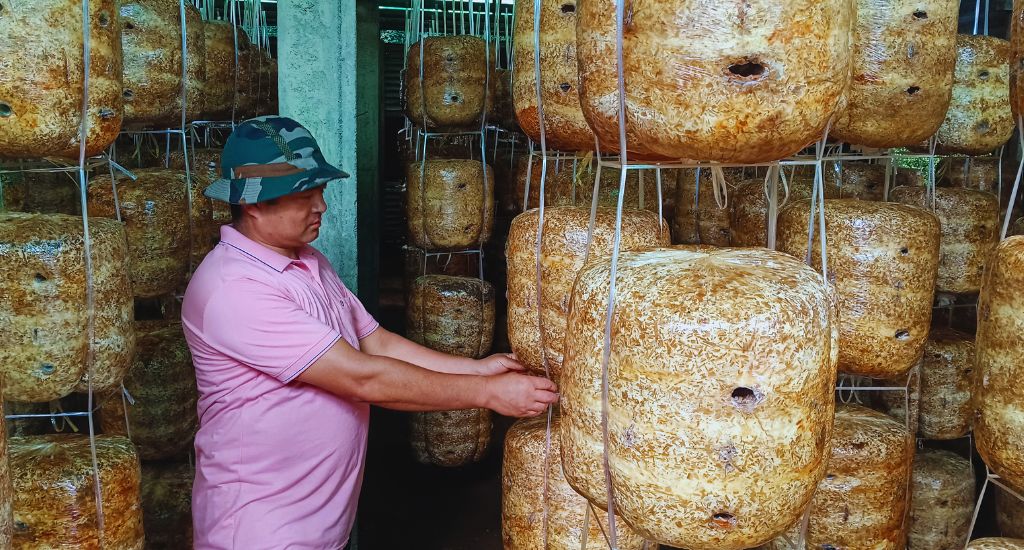
Environmentalists hail Sikkim’s journey as a beacon for other states to emulate.
“While the Green Revolution of the 1960s bolstered crop production, it also introduced chemical fertilisers and pesticides that damaged our soil and health. Sikkim’s success demonstrates that organic farming can deliver a healthy lifestyle and a robust income,” said environmentalist Tuhin Subhra Mandal, adding that “it is the duty of other states to go organic” and nurture not only their lands but the well-being of generations to come.
Sikkim’s story is an anthem of prosperity penned by the hand of nature’s wisdom. Here, the land breathes, cultivated through methods that eschew synthetic interventions. Here, the harmony of chemical-free cultivation sings a serenade to the hearts and health of those who partake — a renaissance wherein yield and well-being flourish hand in hand.
Also Read: Trout fish lifts Sikkim woman out of poverty
The lead photo at the top shows an organic mushroom plantation in Sikkim (Photo by Gurvinder Singh)
Gurvinder Singh, a journalist based in Kolkata.